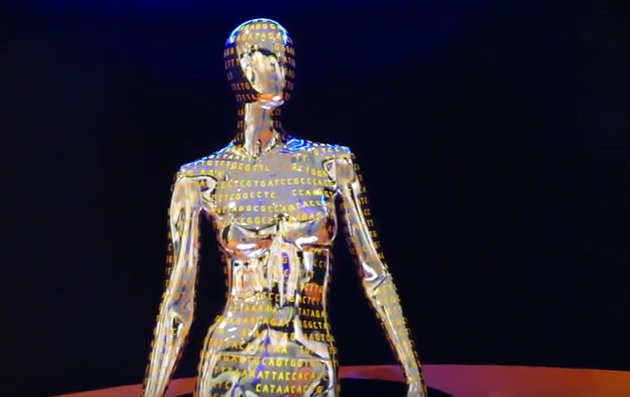While it is no surprise that college students often struggle to find time to go to the Natural History Museum of Utah, (and usually not at all a sign of laziness or general disinterest) it seems a bit of a waste not to take advantage of the fact that U students, staff and faculty can attend NHMU, without paying a cent.
The NHMU, located just above student housing and right next to Red Butte Garden, contains all sorts of exhibits that change regularly. From May 21 until Sept. 5, one of those exhibits will be Genome: Unlocking Life’s Code.
Good luck not being at least a little impressed by Genome. It is full of interactive touchscreen monitors that allow users to grapple with the consequences of the material discussed. The exhibit also hosts two activities available twice daily, accompanied by videos that provide a personal glimpse into the world of DNA. The exhibit analyzes genetics from multiple perspectives to create a nuanced story that visitors have a chance to contribute.
The majority of the exhibit has traveled from the Smithsonian Museum of Natural History and the National Institutes for Health’s National Human Genome Research Institute. It begins with a brief introduction that gives background information on the components of genetics, which many non-science majors learned about once and promptly forgot. Like the rest of this part of the exhibit, the introduction encourages visitors to engage through hands-on features, such as lining up DNA strands until the pieces match.
A quiz follows that quick run-down. Unlike most quizzes, it is impossible to answer the questions posed here incorrectly; your opinion is what is being requested, not factual answers to complicated questions. Once provided with additional information, that may or may not change your viewpoint, you are given the opportunity to consider your own feelings on gene sequencing.
You can learn a lot by following the outer walls of the exhibit. However, what is really unique about NHMU’s display of Genome can be found inside the circle, formed by the traveling exhibit. The criss-crossing structure tells a story of Utah’s involvement in ongoing genetic work, including mentions of the Utah Population Database, a public source containing information on more than 8 million people. The U’s extensive contributions also make an appearance.
The end of the exhibit is marked with a wall of portraits with people who have distinguishing characteristics such as widows peaks, can roll their tongues and smile with or without dimples. Through the use of a digital collection, visitors can join this group. Your photo can become another example of the fact that, though humans are nearly genetically identical, there exists significant variety in the way those genes are expressed in each individual person.


